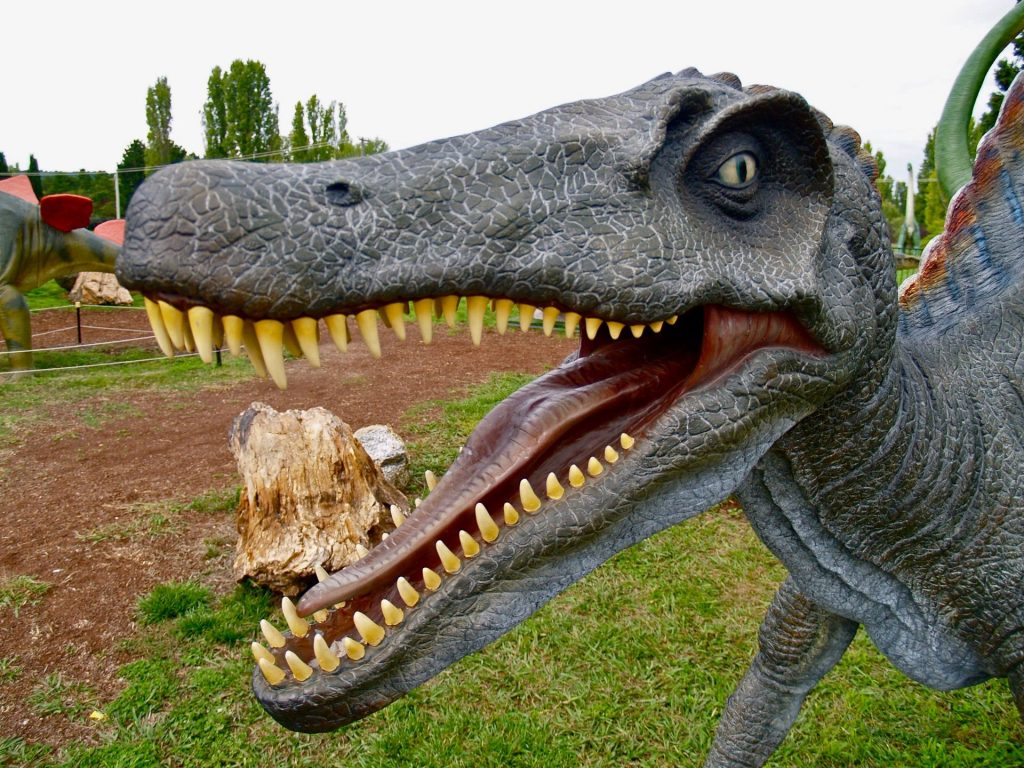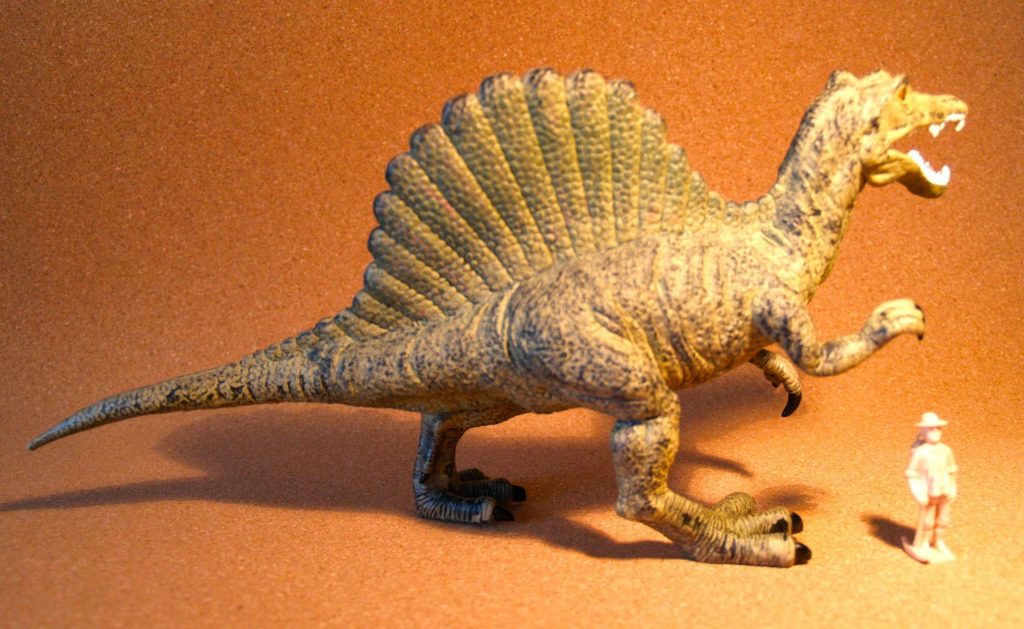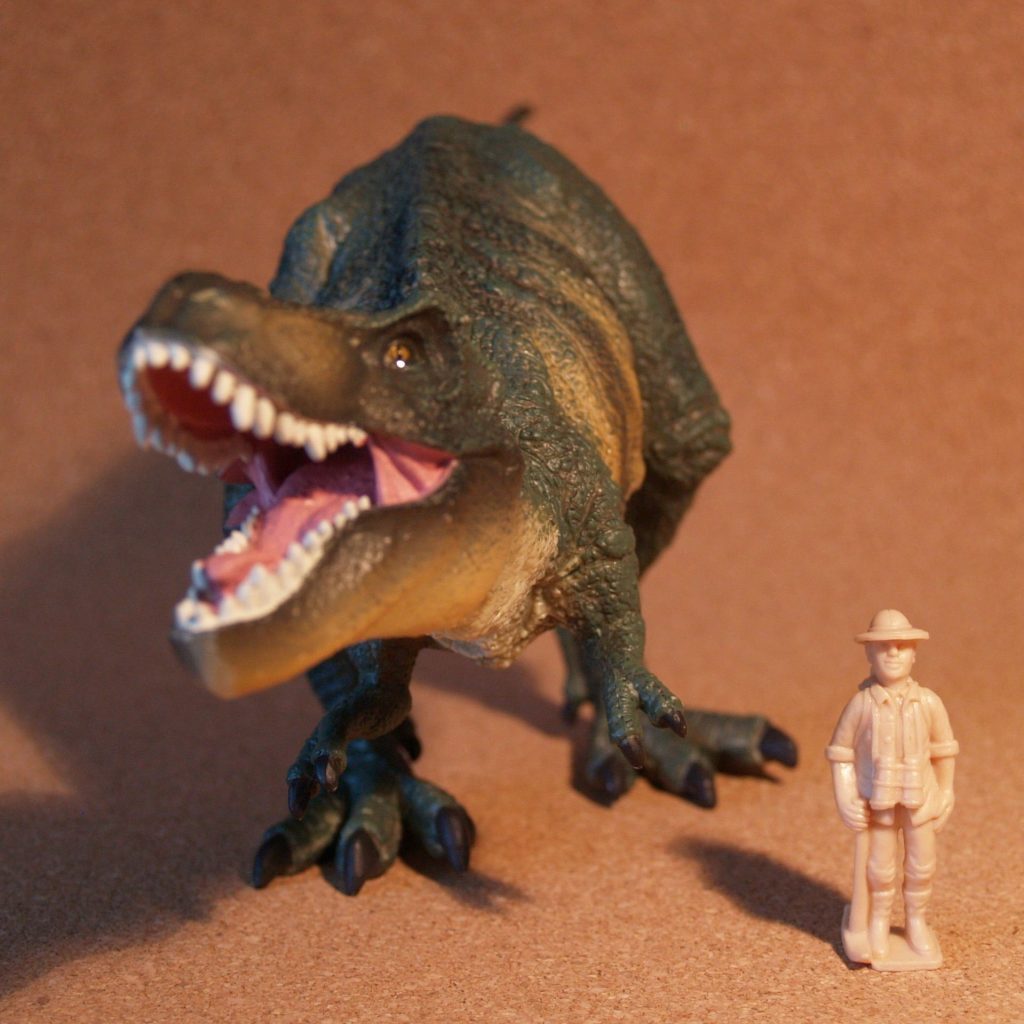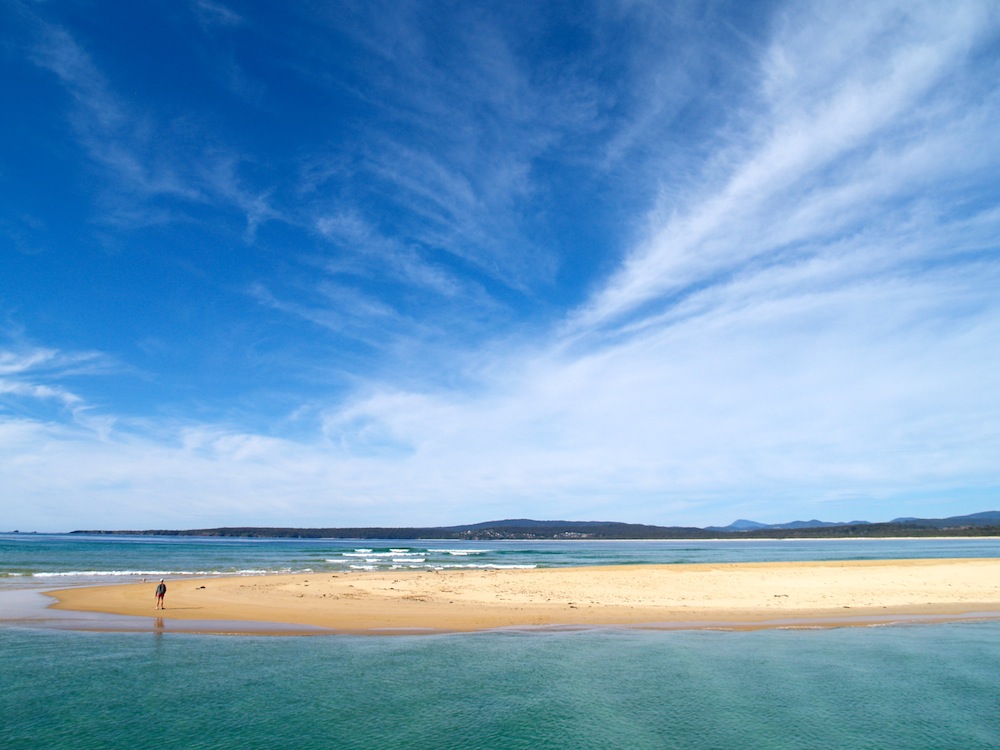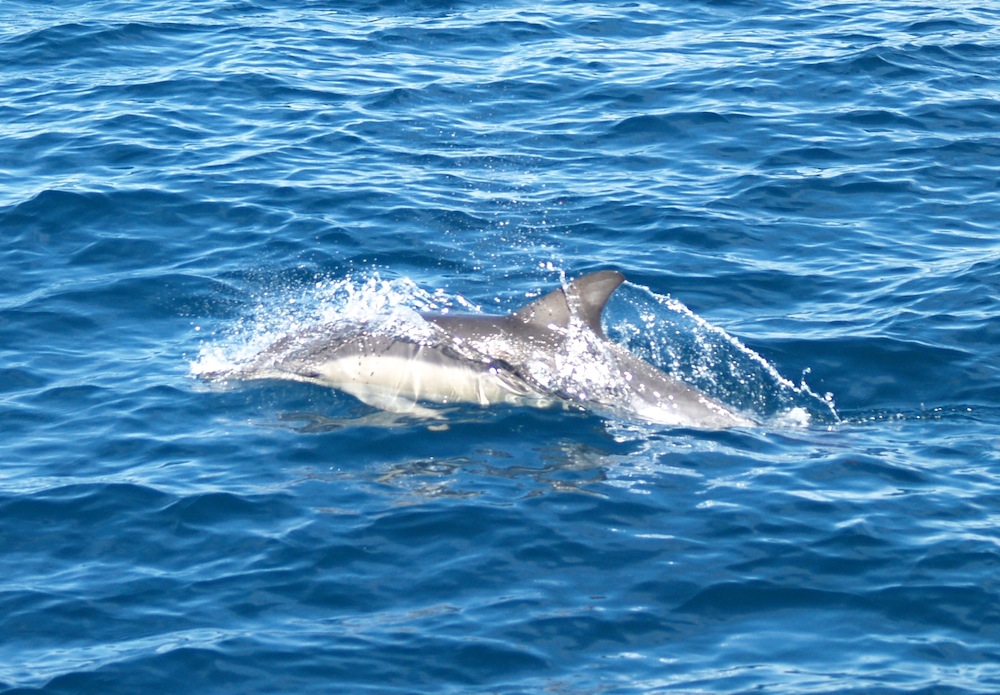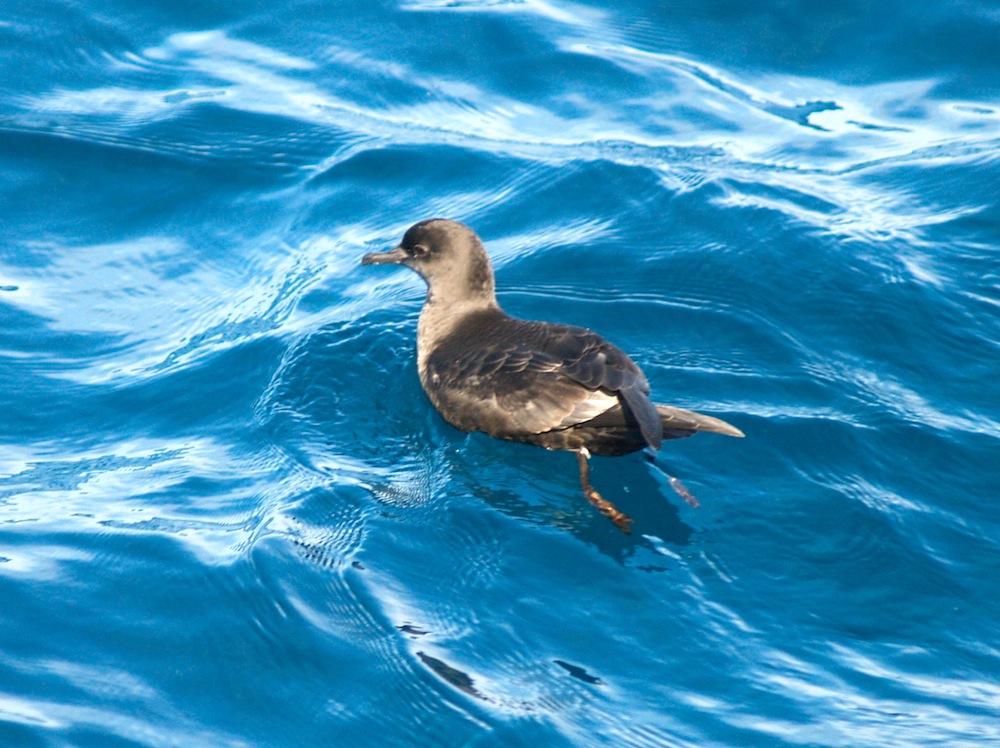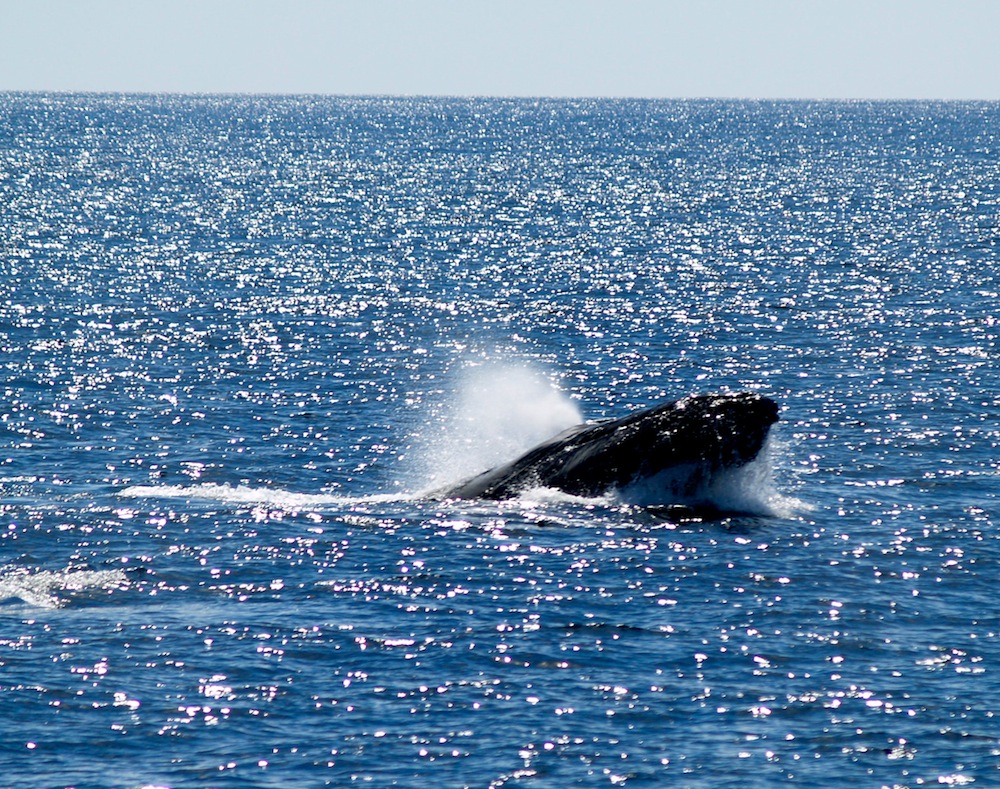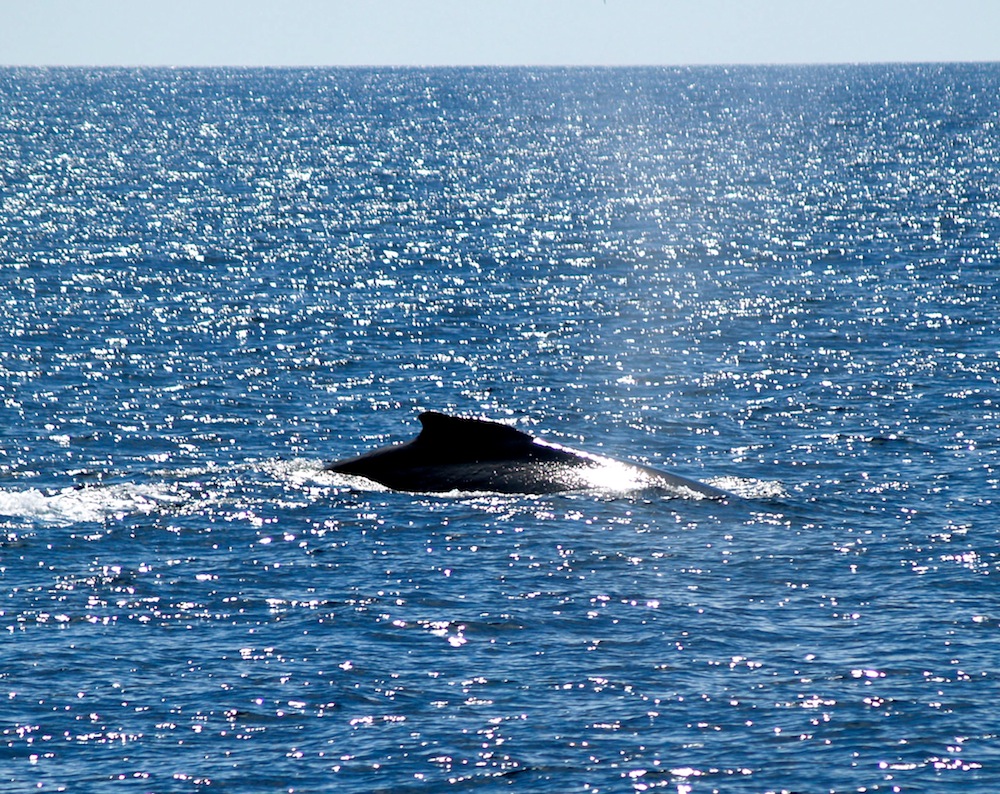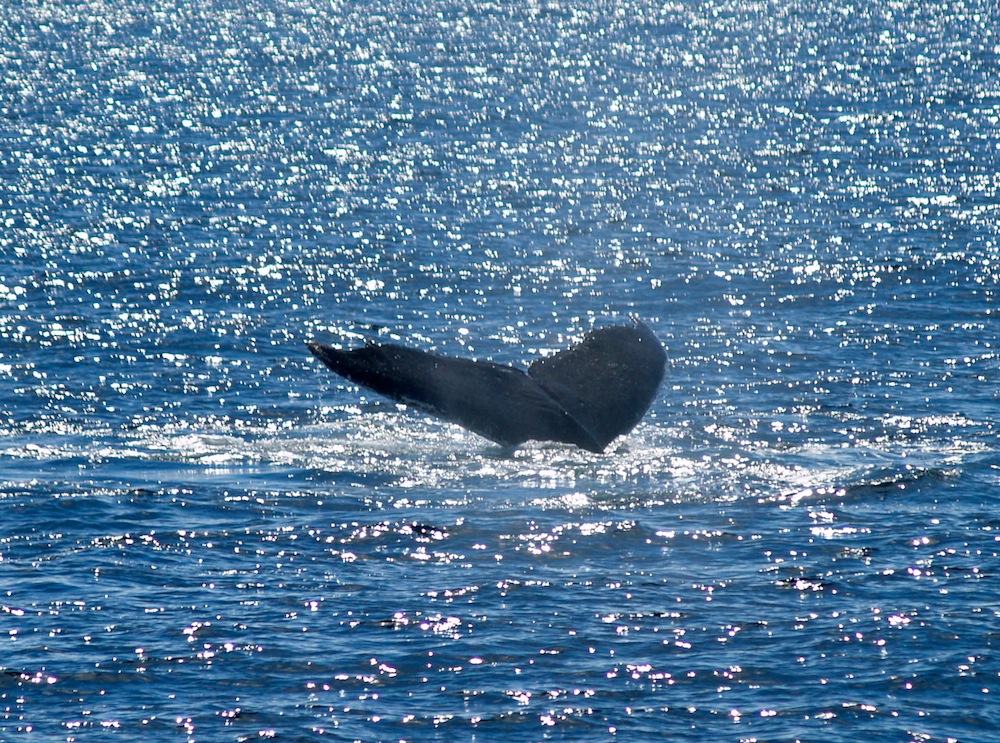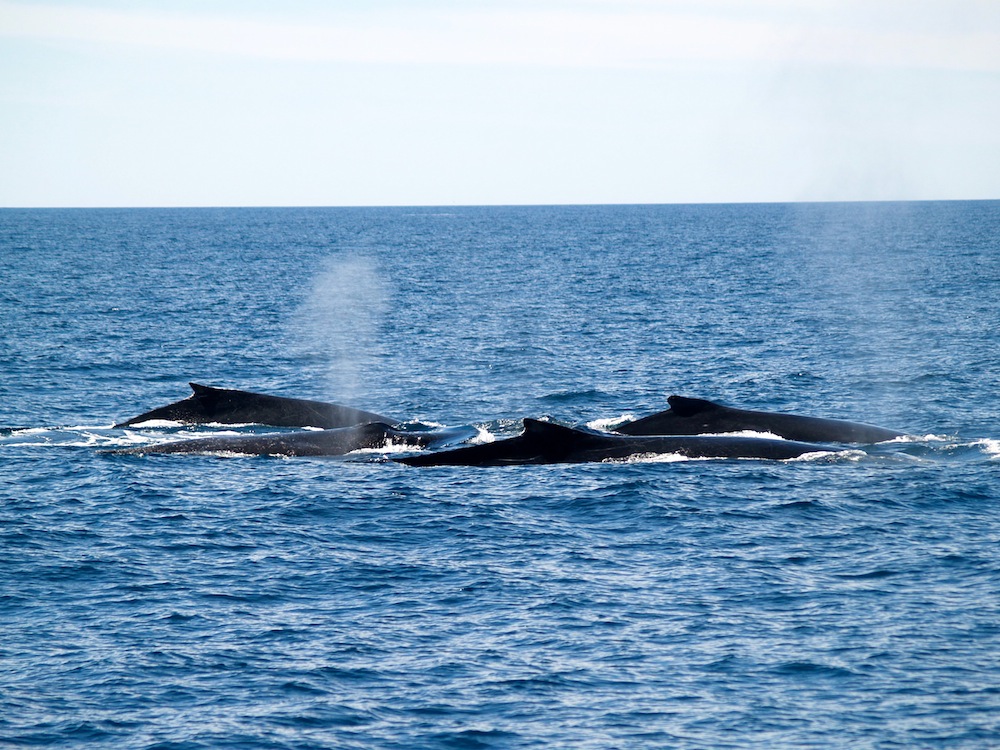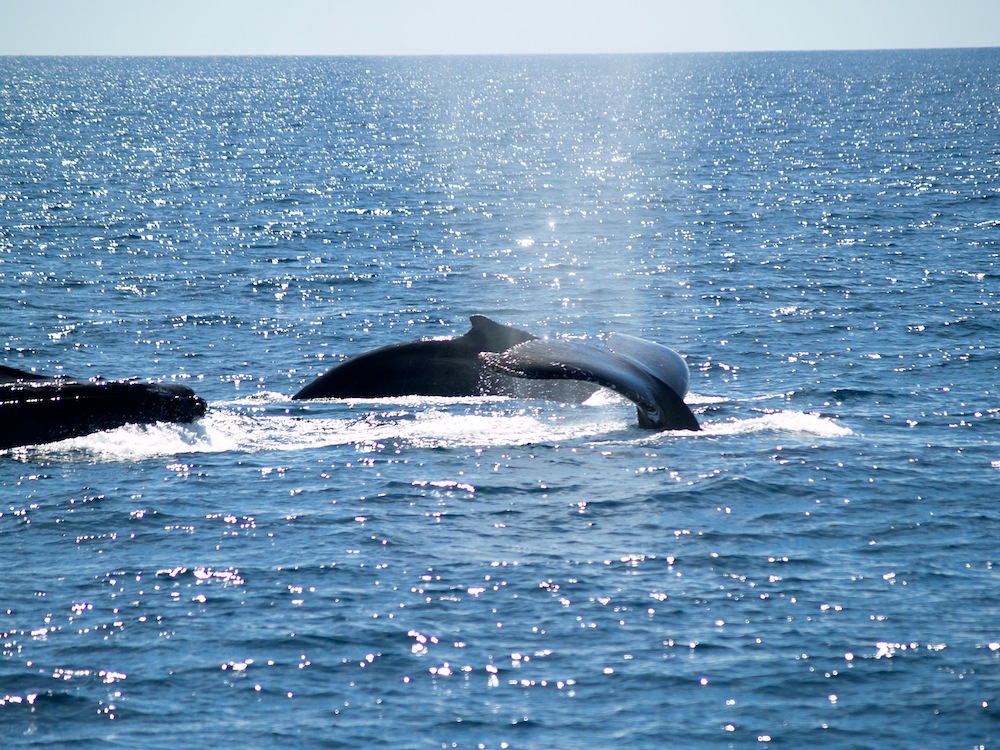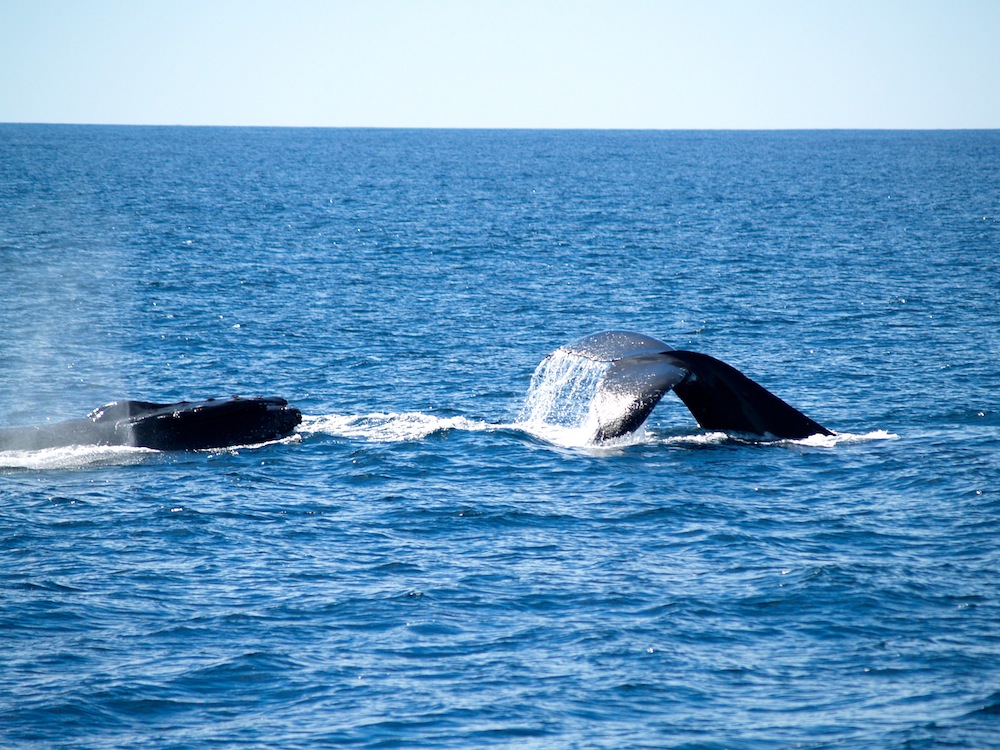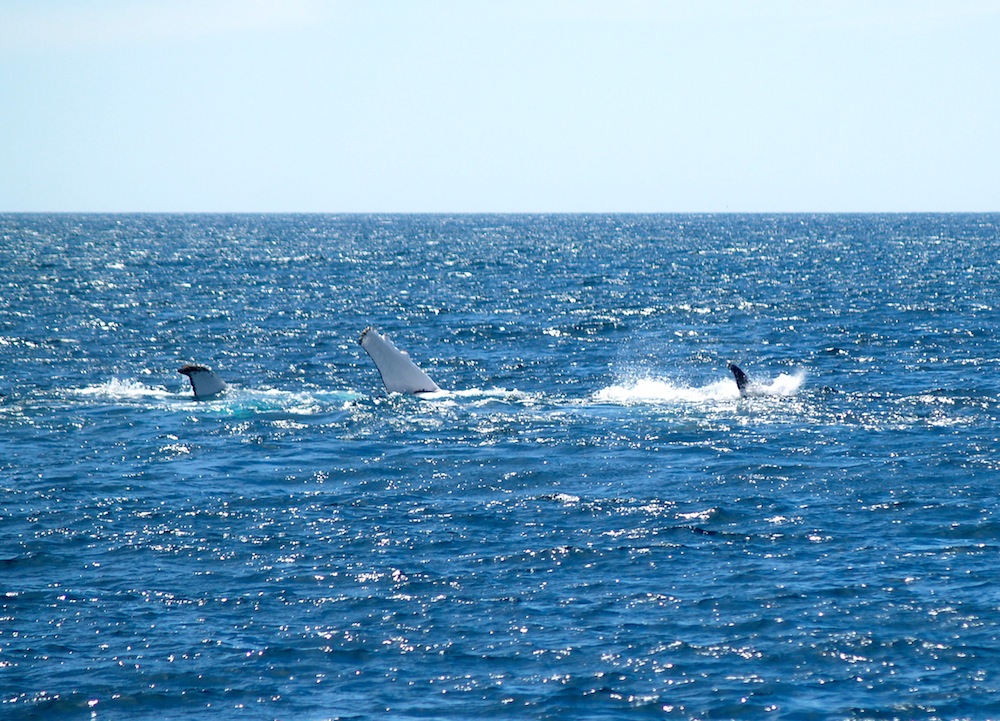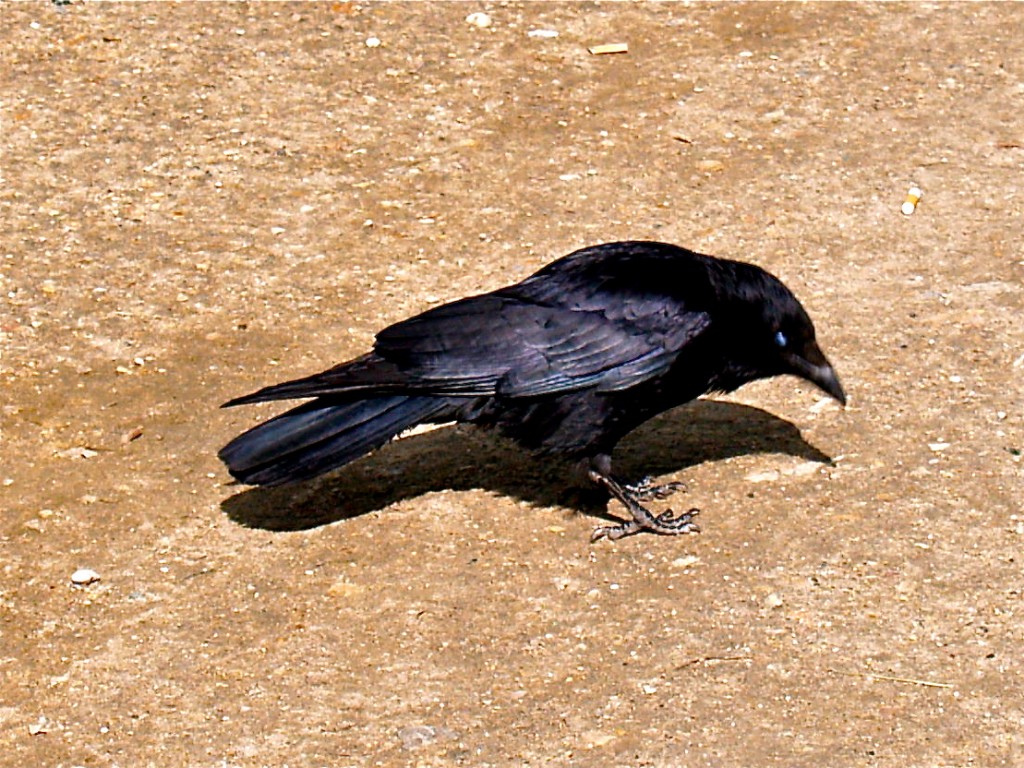Dear Thomas,
There seems to be a major problem with the blog I used to show the photos. As my other blogs are running well, it may be the blog provider having problems. I used a different blog to show you more pictures and answer your questions.
How many cows does your cousin have on his farm?
At this time, my cousin is milking a little a little over 300 cows, mostly Holstein. When the drought was bad and he was still on the old family farm, he leased another farm with irrigation and moved his milking cows there but part of the lease included cows already on the farm so for a while he was milking around 500.
When I was growing up, the farm’s cows were all Jerseys but in time this changed. .
The milk all goes to the Bega Cheese Factory. This is a well known cheese in Australia and a favourite of mine. Here’s a link to their website.
http://www.begacheese.com.au/
Did you used to have a pet cow?
I never lived on the farm but would often visit and stay. My mother grew up on the farm. As you know, you sometimes have to hand rear calves. One named Daisy grew up thinking she was part of the family and even as an adult used to try to follow people around. One day, the family was sitting in the kitchen having lunch when Daisy decided to walk in and join the family at lunch. My grandmother wasn’t happy. ☺
Another unusual animal was Bluebottle. He was a horse who knew how to open farm gates. All of the cows would follow him because they knew sooner or later Bluebottle would open a gate and they could get into another paddock. The horse was smart but the cows were smart enough to follow.
Where do you live in Australia? .
I live in the Bega Valley Shire in the south-east of New South Wales. The main town is Bega. Below I have posted a Google Earth image of Bega. If you have Google Earth, you can search for “Bega Australia” and have a closer look. There are street views so you can see the main streets in the town. The family first moved to this town from Scotland in 1847. Their surname is Spence but my surname, Mannell, seems to have come from Cornwall and Yorkshire in England.
My cousin’s farm, also in the Bega Valley Shire, is near the town of Bemboka.
I live in the coastal tourist town name Merimbula.
As you can see from the photos, it’s hilly country with natural bushland still around. I am often out walking in the nature reserve or national parks around my town of Merimbula.
Keep farming, farmers are important people.
* * * * * * * * * * * * * * * * * * * * * * * * * * * * * * * * * * * * * * * * * * * * * * * * *
The first three pictures show the family farm before the last of the cows were moved to my cousin’s new farm. The remaining photos are of the farm in late 2010 without cows and before the final hand over to the new owners. Between the time of the sale and the hand over, rain had fallen and grass had grown long without cows to keep it low. The farm has now been turned over to beef cattle. They require less water. My cousin’s new farm has access to irrigation and has greater protection from future drought.
Hanging around the water trough.

Schools and students have permission to use this graphic for non-commercial, educational purposes.
The dairy, barns and silos.

Schools and students have permission to use this graphic for non-commercial, educational purposes.
This is a telephoto picture showing the main farm buildings.

Schools and students have permission to use this graphic for non-commercial, educational purposes.
No longer any cows, the grass has grown long.
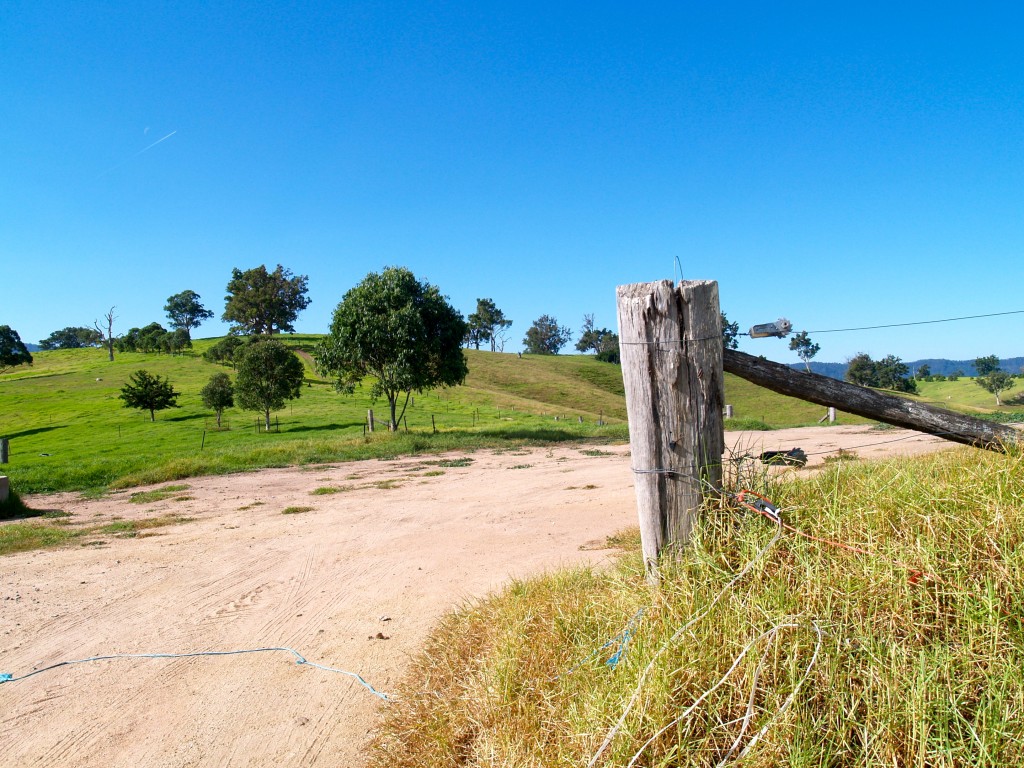
Schools and students have permission to use this graphic for non-commercial, educational purposes.

Schools and students have permission to use this graphic for non-commercial, educational purposes.
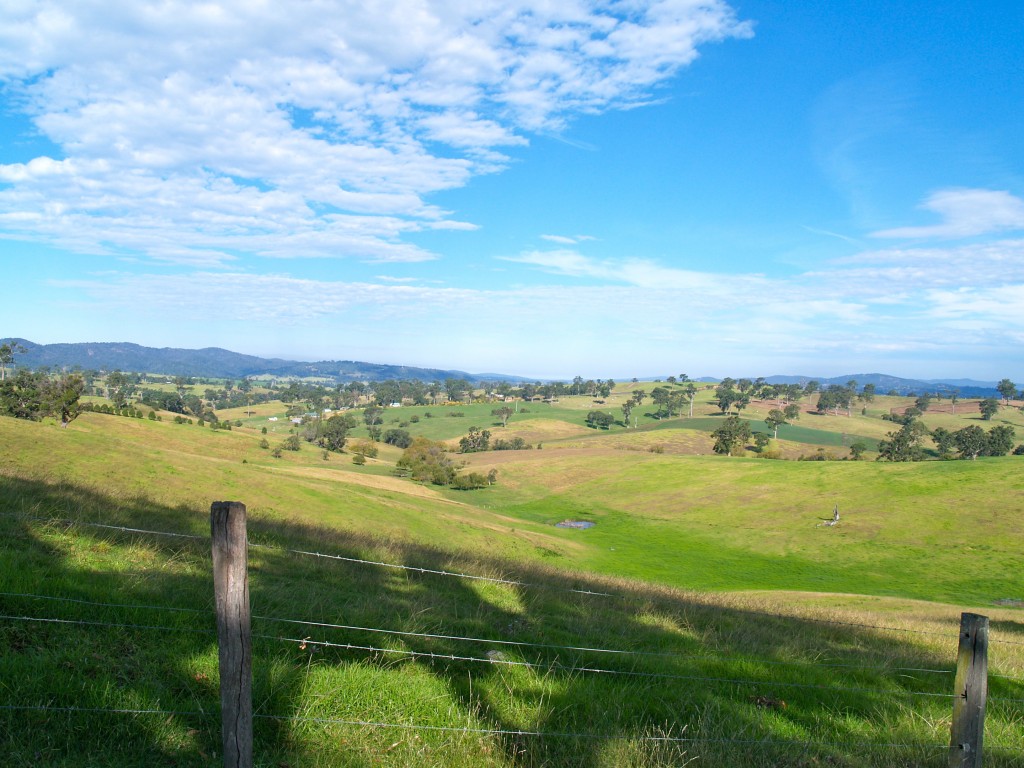
Schools and students have permission to use this graphic for non-commercial, educational purposes.
This is the old farm house where my mother grew and I spent many happy visits.

Schools and students have permission to use this graphic for non-commercial, educational purposes.
Inside the dairy.

Schools and students have permission to use this graphic for non-commercial, educational purposes.
This is a Google Earth view of Bega and much of the Bega Valley. If your school’s computers have Google Earth, you can locate the town and take a closer look. There are street views available.
This Google Earth view shows the old family farm. All of the buildings and almost all of the land showing belonged to the family.

